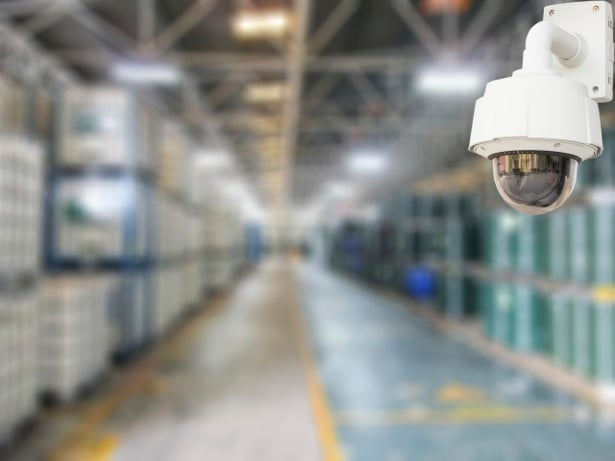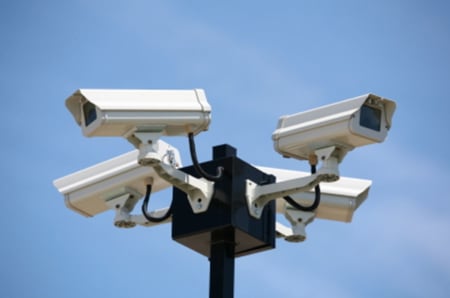Low Cost to High Cost IP Cameras – Getting the Most Out of Your IP Cameras
/ in 2016 /by Steve Morefield
The sheer number and different types of surveillance cameras available on the market today can be overwhelming, even to the most seasoned security industry professional. That’s why it’s important to understand the difference between the different cameras, their capabilities and benefits they provide.
One way to look at IP cameras is to understand the differences between low cost and high cost IP cameras. This does not include the low cost camera available off the shelf from your local big-box hardware store for a do-it-yourself system, but rather industry grade surveillance cameras purchased from a reputable distributor or directly from the manufacturer.
The continuous introduction of new technology over the years has helped to drive down the price point for many cameras, even those with advanced capabilities. Cameras that were once considered high-end just five to eight years ago are still considered quality cameras, butnow at a fraction of the cost of what they originally sold for when first introduced.
Take for example a low cost PTZ camera with a 720 to 1080 standard resolution. Today, these cameras are available on the market for $200 to $450 and still provide customers with good,wide dynamic range and processing speed of a few seconds. Typically ideal for indoor applicationssuch as hallways and lobbies, these cameras get the job done at a reasonable cost.
However, when the indoor application changes and you need to install a surveillance camera in a retail or a bank setting, that is when investing in an IP camerawith more technology and features setsbecomes important. In these environments, processing speed, clear definition and the ability to zoom in to clearly identify an individual or differentiate between a $1 bill or $5 bill are all critical.
With these capabilities, the price point of the camera starts to increase, beginning around $500 up to $2,000 per camera, in some cases. These cameras provide the ability to change varifocal lenses, for example, and to zoom extremely close to an object of interest while still maintaining a crisp image with little noise. The camera may also offer better analytics, so that instead of just being able to identify when an object comes into the frame of view, the camera can understand that you want to circle that item so it is clearly highlighted and easy to identify.
Surveillance cameras come in all shapes and sizes, and price points, as well. Still, evenwith an ever growing list of cameras to select from, it is important that security integrators spend the time to educate their customers on the value and capabilities that each type of camera provides. Cheaper isn’t always better, and the most expensive option can sometimes be overkill. It’s key to know the difference between the two and what each one brings to the table.






